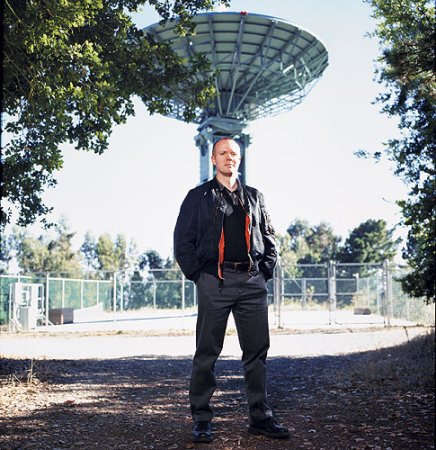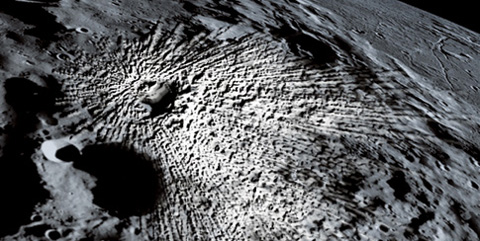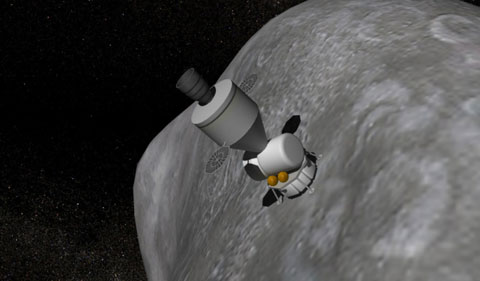

When Sputnik 1 was launched 50 years ago today, no one truly anticipated the resounding impact it would have on science, technology and the balance of political power around the world. Not least the Soviets, who were hesitant to divert precious resources from their fledgling ballistic-missile program for what many in the government regarded as one man’s fanciful hobby.
That man, Sergei Korolyov, went on to be the guiding force behind the powerful Soviet space program of the 1950s and ’60s. With the launch of the first artificial satellite, Korolyov almost single-handedly waved the opening flag in the space race, stoked the flames of the Cold War, and indirectly ignited a firestorm of changes here in the U.S.-leading to the foundation soon after of agencies like Darpa and the National Science Foundation, as well as a massive retooling of the national education system that put more focus on science and engineering, with the aim of producing the minds necessary to bridge the gap Sputnik created.
Fifty years later, the world hasn’t taken its eyes off the frontier of space, as the list of countries with active space programs continues to grow.
Click here to launch a gallery of images commemorating Sputnik 1




















